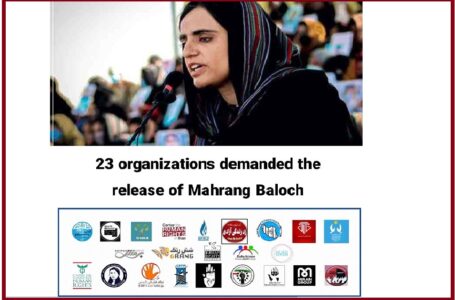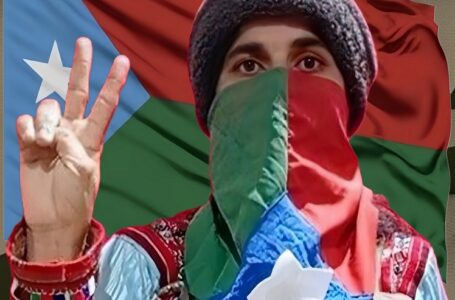Militarisation of Primary Schools in Balochistan by Iran’s army
Balochistan National Heritage: Darak, where the desert meets the sea

The coastal village of Darak in the southeastern province of Sistan-Baluchestan has recently been inscribed on the National Heritage list, CHTN reported.
Located between the two important port cities of Chabahar and Bandar Abbas, Darak is one of the few places in the world where the sea and the desert meet. Darak or Darag in the local language means settling along the sea.
The beach and the amazing village, along with the Oman Sea, are tourist destinations where sand dunes, palm trees, and blue sea in a frame together create fantastic scenery.
Hiking, swimming, and photography are among the best activities tourists could enjoy while traveling to Darak Beach. It is known for its extraordinary beaches and has a pristine shoreline.
The landscape of the Pozm Tyab Gulf was also added to the National Heritage list, provincial tourism chief Alireza Jalalzai said on Monday.
Pozm Tyab Gulf is one of the beautiful natural sights in southern Iran, which its fishing port is the local people’s source of income.
One of its main attractions is the view of the sunset on its rocky and sandy beaches, which attracts several domestic travelers to the pristine beaches.
Sistan-Baluchestan was previously shunned by potential foreign and domestic travelers though it is home to several distinctive archaeological sites and natural attractions, including two UNESCO World Heritage sites, namely Shahr-e-Soukhteh (Burnt City) and Lut desert, parts of latter is situated in Kerman province.
For mainstream Iranians, the name of Sistan-Baluchestan was conjuring up stories of drought, desiccated wetlands, and dust storms. On the international scale, foreigners may consider it a reminiscent of the big red blot on the Iran safety map.
In ancient times, according to Encyclopedia Britannica, the Baluchistan region provided a land route to the Indus Valley and the Babylonian civilizations. The armies of Alexander the Great marched through Baluchistan in 326 BC on their way to the Hindu Kush and on their return march in 325 experienced great hardships in the region’s barren wastes.
Source: Tehran Times










